Does your swim school have a policy on wearing cap and goggles within the swimming lesson? Consequently, swim caps and goggles can aid swimmers experience in their lesson. However, they can also be a hindrance within the lesson if used incorrectly. Overall, if you don’t currently have a policy on wearing cap and goggles, then you may find some of the information within this article helpful.
Swim Caps
There are a couple of different types of swim caps used for swimming lessons. Below is a discussion of the Pros and Cons of wearing a swim cap.
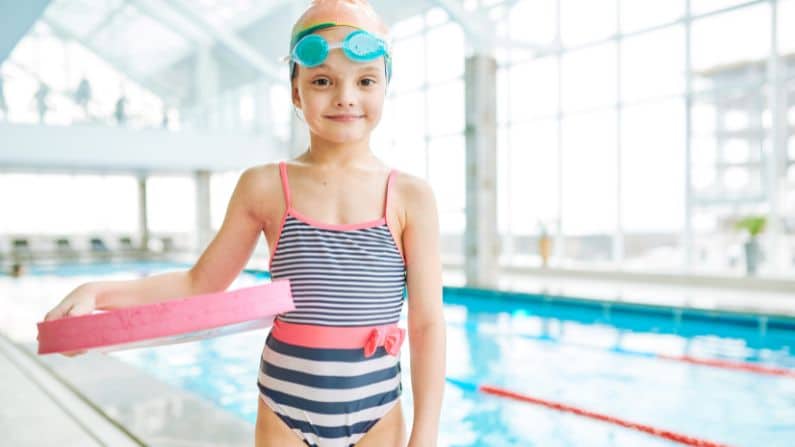
Swim Cap Pros
- Hair tucked up inside the hat aids in keeping swimming pool clean
- Filtration system will work better without hair floating around in the pool
- Caps can keep hair out of swimmers eyes ensuring better visibility
- Hair is out of ears for better listening to instructions
- Latex and Silicone caps keep hair dry for cooler months
- Material Caps allow hair to be wet in warmer months
Swim Cap Cons
- If poorly fitted they can be a hindrance to hearing and visibility
- Latex and Silicone caps can split because they get older and can’t be fixed
- Material Caps can stretch out over time and as a result, won’t return to regular size
- If cap doesn’t fit and keeps falling off, so it may make swimmer stop to fix it
Goggles
Goggles come in many shapes and sizes. It’s important that your swim school informs parents to buy well fitting goggles. Sometimes it’s worth spending a little bit more money to buy a pair of goggles that will fit properly. This will save your instructors a lot of time fixing and fiddling with poorly fitting goggles and allow them to spend their time on instructing the swimmers in their lesson.
It’s important to consider beginner swimmer’s needs and what is the best method to proceed with these beginners wearing goggles. What will your swim school decide? Should swimmers be able to put their face in and be confident in the water before wearing goggles or should they use goggles to become confident and put their face in?
It is important that all swimmers attempt some type of swimming without goggles throughout their lessons at your centre. This can be a safety issue if swimmers are unable to swim without their goggles. You may want to consider a goggle free lesson scheduled (or at least part of the lesson). Another time for goggle free swimming could be during Water Safety Week.
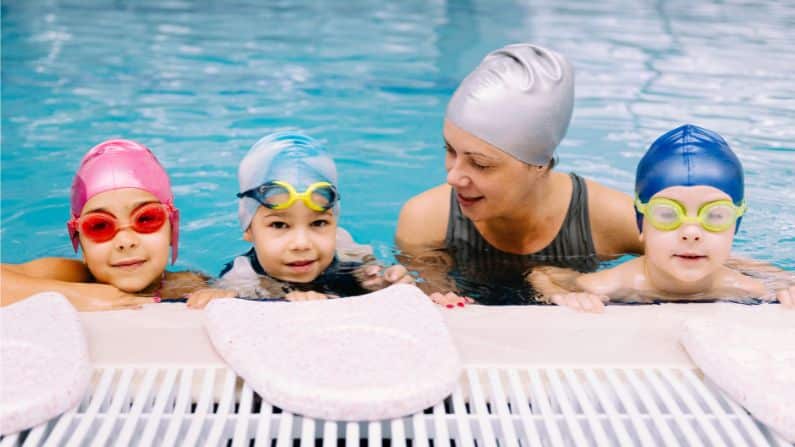
Goggles Pros
- Develops spatial awareness because you are able to see underwater
- Assists in swimming straight
- Eyes won’t become sore if wearing goggles within the lesson
- Helps build confidence in the lessons for beginners
Goggles Cons
- Unfortunately, poorly fitting goggles waste precious swimming time
- Swimmers become reliant on goggles & panic when they don’t have them
If your swim school has a policy on wearing caps and goggles within the lesson then it will make things easier for your instructors and ensure that this policy is followed across the board and achieving equality for each and every swimmer in your swim school. Ensure that all instructors are aware of the policy and adhering to this to keep your swim school uniform and parents happy.
Get more teaching tips in our and Swim School Hub for your teachers.
Don't want to miss out on our latest offers, join our community to keep in touch.


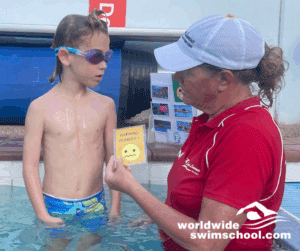

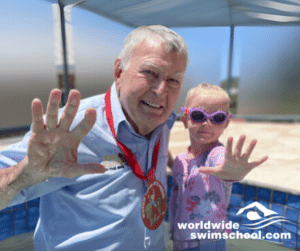
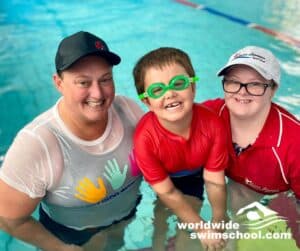
The last point on the cons for goggles! They’ll become reliant on them and panic when they don’t have them! So what happens when a child falls in the pool or another aquatic area and they don’t have their goggles? Instead of swimming back to safety or treading water even they will panic and get themselves in more trouble or even worse! I am extremely passionate on this as at that young age (or any age) we try to get our kids ready for that nasty experience with the number one goal of being able to save themselves! Only a few minutes without goggles within a lesson will not get them ready for that. There’s no goggles, or swim caps for that matter as it’s also a different sensation with water in the ears etc. until they are at the lap swimming stage.